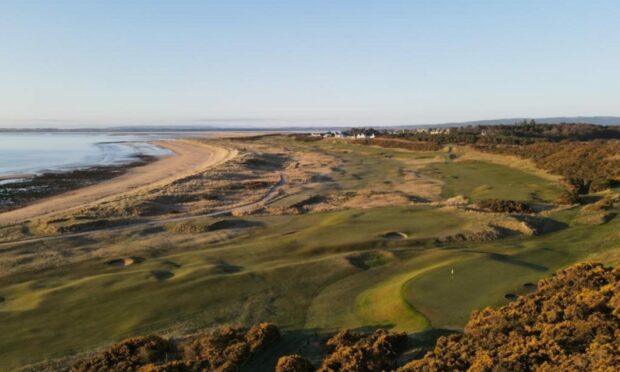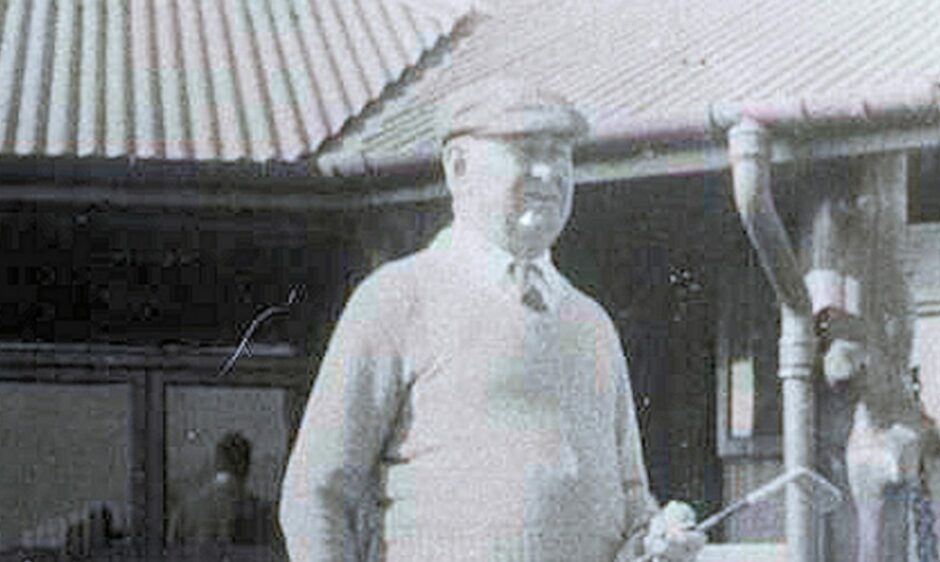Each year golfers from around the world patiently try to navigate their way around the challenging links at Royal Dornoch Golf Club.
Similarly, the club has had to play a long game and adapt to changing circumstances to achieve the best result.
Seventy five years ago an exhibition match was held to mark extensive changes to Royal Dornoch’s Championship Course.
The course is now ranked among the best in the world.
But during the Second World War, much of the lower links were requisitioned by the RAF.
An aerodrome was built on the Ladies’ Course (which later became the Struie Course) and some holes of the Championship Course were also lost.
Changes helped create renowned golf course
A decision was taken to construct new holes towards Embo, following a suggestion from long-time head greenkeeper (and later professional) Robbie Grant.
A new 6th green come into play and new holes from 7-11 were created, as well as the 13th.
The reconstruction project proved hugely influential in creating the Championship Course which is now a bucket-list venue for contemporary golfers.
The new stretch of holes was officially unveiled at a ceremony that saw club president the Duke of Sutherland invited to hit the opening drive.
The club’s council of management minutes noted that posters had been ordered to advertise an opening exhibition match featuring top talents from Scotland and England.
The 2/6d admission price allowed golf fans of the day to watch Scottish international J.C Wilson and Ryder Cup player James Adams. They took on English rivals Leonard Crawley, a Walker Cup player and golf correspondent for the Daily Telegraph, and another Ryder Cup player, Charles Ward.
The English pair scored a 2 and 1 victory and the players were hosted at Dunrobin Castle by the duke.
Dornoch’s ‘remarkable legacy’
Royal Dornoch general manager Neil Hampton said: “A common thread running through the generations entrusted with protecting and enhancing our marvellous links has been a single-minded determination to hand it on in fine shape for the next generation.
“The extensive changes made to the Championship Course in the wake of the Second World War created a remarkable legacy and undoubtedly contributed hugely to the reputation Royal Dornoch enjoys today.”
Golf in Dornoch can be traced back to at least 1616.
The club was formed in 1877. In 1886 Old Tom Morris was invited to lay out a more fully-planned course.
The design was later re-modelled to deal with changes to golf equipment, including a faster, rubber-cored ball.
The course evolution continued recently with the re-aligned 8th hole being unveiled, following changes to the 7th.
Earlier this year, the club also marked the centenary of the opening of the Struie Course.


